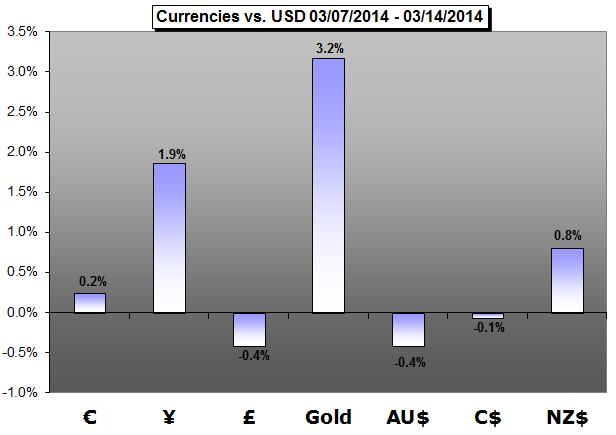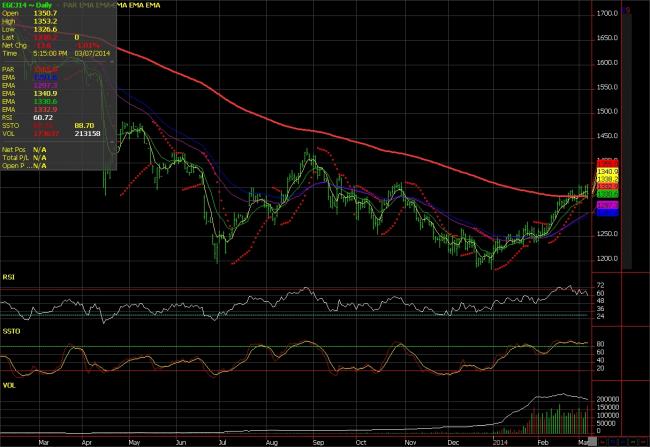The S&P BSE Sensex surged to an all-time intraday high of 21,960.89 and then went on to make a historical closing high of 21,919 up 405.92 points on 7th March, 2014.
The ups and downs of the financial markets are always in the news. The market can plunge or rise like a phoenix at any time. Volatility seems to have become the norm for the markets now. It is therefore natural for investors to worry about their investments in these uncertain markets. The reality is that market swings happen often and when they do, it can be disturbing for many investors like us.
Now that the markets are at record high, an expected reaction to this might be to redeeming all your holdings in equities. But disciplined investors just do the opposite. They don’t panic or get overwhelmed when the market swings and keep holding onto their investments. They avoid taking any short term measures which could damage their portfolio in the long run.
Market movements cannot be predicted, but here are some tips may help you to make sensible investment decisions:
Set your investment strategy
Surviving in market volatility is lot easier when you have a firm investment strategy. To create a sound investment strategy, you should understand several crucial factors, which are:
• Your investment goals: You should set your financial goals for which you want to invest
• Your time horizon for investments: The time period for which you want to invest depending on your investments goals.
•
Your tolerance for risk: You should also gauge your risk appetite i.e. the amount of risk you are ready to take.
Have a financial plan
Having a financial plan helps you deal with a volatile market in a much better way. A financial plan includes the following steps:
• Set and prioritize your life goals.
• Check your existing investments and the role they will play in meeting your goals and also whether the current set of investments are the
right ones for you.
• Identify the right investment instruments including how much insurance and a emergency reserve should you have to take care of your dependents.
• Track and review your investments.
Do not time the market
It is advised to stay invested in the scheme and not redeem during the market crash and again invest when the markets go up because keeping track of the market and individual stocks is very a difficult job as it requires a lot of time, research and financial expertise to time the market correctly. Not all people are blessed with these abilities and face a high probability to face losses. It may happen that sometime you become over confident and take too many risks and lose your money or become overcautious and miss an opportunity.
Diversify
Your focus should be on diversifying your portfolio to protect yourself from market volatility and market downturns. Diversification is spreading your investments across the three asset classes i.e. equity, debt and gold. Then, to help offset risk even more, diversify the investments within each asset class. Keep in mind, however, that diversification doesn’t ensure a profit or guarantee against loss.
Invest through SIP
A Systematic Investment Plan (SIP) is a vehicle offered by mutual funds to help investors save regularly. Systematic Investment Plans are recommended as the best way for investments in the volatile markets. With the power of “Rupee Cost Averaging”, SIPs have the potential to minimize losses and generate returns. An SIP may ensure disciplined investment irrespective of the market movement. You can invest in equities through mutual funds for as low as Rs 500 a month. That is the wonder of Systematic Investment Plans – Invest big through smallsavings. Investing through the SIP route helps you make regular investments at regular intervals and can help you gain from the benefit of compounding.
Rebalance your portfolio
At times when the market is volatile, its best to review your portfolio i.e. to check the performance of the funds in your portfolio and their exposure to risk. Be sure that you are not too over exposed to one particular sector. Some small adjustments in your portfolio might help you to give you long term profits.
You can survive the volatile markets if you are on track to meet your investment goals. Therefore, it is advised not to flow with the negative sentiments of the market during a market fluctuation and rather than focusing on the instability of the market you should focus more on how to develop a sound financial plan which will help you fight against the market volatility. However we strongly suggest you to consult with your financial advisor before proceeding with any investment decision.
Source: Quantum AMC
--







 Chief election commissioner VS Sampath announced the dates in a press conference. The two election commissioners HS Brahma and SNA Zaidi were also present.
Chief election commissioner VS Sampath announced the dates in a press conference. The two election commissioners HS Brahma and SNA Zaidi were also present.